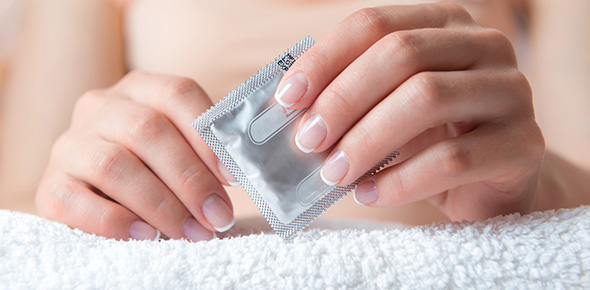Related Flashcards
Related Topics
Cards In This Set
| Front | Back |
|
What are the two stages of the menstrual cycle called.
|
1. Follicular phase
2. Luteal Stage
|
|
What is the dominant hormone in the early part of the cycle.
|
FSH is the dominant hormone because the oestrogen produced by the developing follicle inhibits LH production
|
|
List 3 factors which contribute to the LH surge.
|
1. Increased frequency of GnRH pulses
2. Increased gonadotrope sensitivity
3. When oestrogen reaches threshold its effect on LH secretion changes from inhibitory to stimulatory.
|
|
What occurs as a result of the LH surge?
|
1. It triggers the oocyte to undergo meiosis II
2. Ovulation - LH activates PG's (PGE and PGF) in the Graafian follicle which activates enzymes which breaks down the wall of the Graafian follicle
|
|
When does ovulation occur?
|
Apporoximately at day 14, 9 hours after the LH peak, 32-36 hours after the start.
|
|
What is predominant hormone in the luteal phase of the menstrual cycle.
|
LH - GnRH pulse decrease to 1-4 per day. LH is sensitive to GnRH and stimulates progesterone release by corpus luteum.
|
|
What is the function of progesterone?
|
It prepares the endometrium for receiving the conceptus. It stimulates secretion from the endometrial gland.
|
|
What do the endometrial secretions consist of.
|
1. Glycogen
2. Lipids
3. Acid Phosphatases
|
|
How long does the corpus luteum produce oestrogen and progesterone.
|
It continues to secrete sex hormoness for 9 days after which levels drop and by day 12 if no fertilisation has occured the corpus luteum will degenerate and stop producing progesterone and oestrogen which leads to shedding of the endometrium and menstruation.
|
|
How is oestrogen produced.
|
Cholesterol is delivered to the theca interna which converts them into androgens which are then converted to oestradiol by the granulosa cells.
|
|
How does oestrogen bring about it effect?
|
Oestrogen is cholesterol derived so easily passes through membranes and it binds to receptors on the nucleus where it promotes the transcription of RNA which leads to protein synthesis.
|
|
Describe the histological changes which lead to menstruation.
|
The stratum functionalis of the endometrium shrinks which contricts and twist the spiral arteries thus reducing the blood flow resulting in necrosis. there is a final relaxation of the arteries which washes the stratum functionalis away in patches.
|




